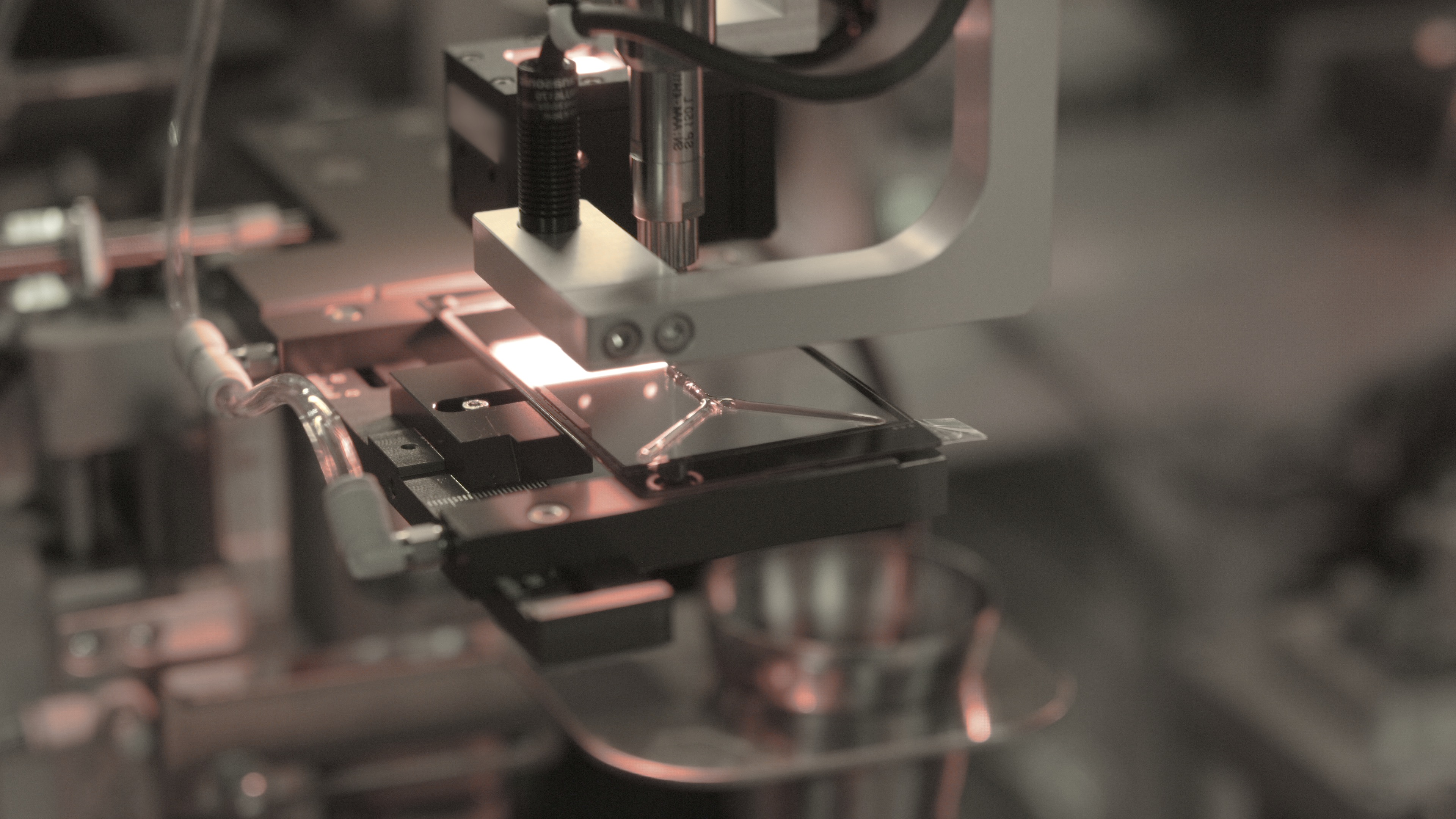In today's fast-paced world of digital displays, ensuring clarity, durability, and functionality is more important than ever. One such technological advancement that has become pivotal in enhancing display performance is the optical bonding of touch screens to LCD displays. This article delves into the details of optical bonding, the various technologies available, the materials utilized in the process, and the benefits that come along.
What is Optical Bonding?
Optical bonding refers to the process of adhering a protective layer, such as a touch screen, directly to an LCD display. The primary purpose of this bonding is to enhance the readability and durability of the screen, particularly in challenging environments like outdoors or in direct sunlight.
Available Technologies: OCA and OCR
Two primary technologies have emerged in the realm of optical bonding: OCA (Optically Clear Adhesive) and OCR (Optically Clear Resin).
OCA (Optically Clear Adhesive): This technology uses a dry adhesive, which is introduced between the touch screen and the LCD. It's commonly preferred because of its simplicity and the fact that it leaves fewer air bubbles when applied.
OCR (Optically Clear Resin): In contrast to OCA, OCR employs a liquid resin which is poured between the touch screen and the LCD, and then it's cured using UV light. Though the process is more intricate than OCA, OCR often provides a stronger bond.
Materials Used in Optical Bonding
While various materials can be used for optical bonding, the two most prevalent are silicone and acrylic.
Silicone: It is renowned for its excellent clarity and longevity. Silicone offers a high resistance to temperature fluctuations, making it ideal for devices exposed to varying conditions. Additionally, silicone is less prone to yellowing over time compared to other materials.
Acrylic: Acrylic adhesives offer ease of application and are often less expensive than their silicone counterparts. However, a noteworthy drawback is their potential for yellowing under prolonged exposure to UV rays. This yellowing can compromise the visual clarity of the screen over time.
Benefits of Optical Bonding
Enhanced Optical Clarity: One of the standout benefits of optical bonding is the sharp reduction in internal reflections between layers. By using index-matched materials like silicone or acrylic, the mismatch between different layers is minimized, thereby reducing reflections. This makes the display crisper, brighter, and easier to read, especially under direct sunlight.
Improved Impact Resistance: Optical bonding significantly enhances the robustness of the screen. The bond created between the LCD and the touch screen adds an extra layer of protection, which makes the entire assembly more resistant to shocks and impacts. For devices meant for rugged environments or those that might face occasional drops, this is a game-changer.
Extended Durability: Optical bonding prevents the ingress of moisture, dust, and other contaminants. This ensures that the display remains pristine for a more extended period, even when used in harsh or outdoor environments.
Thermal Stability: The materials used in optical bonding, especially silicone, offer high thermal stability. This means that the displays remain functional and maintain clarity even when exposed to extreme temperatures.
Conclusion
The digital display industry continues to innovate, aiming to offer users an experience that is not only visually rewarding but also durable and efficient. Optical bonding stands out as one of those advancements that, although not always visible to the naked eye, makes a world of difference in the quality and lifespan of touch screens and LCD displays.
As technology progresses, it's exciting to think of how optical bonding might evolve. For now, it remains an essential process that brings with it a host of benefits, making our screens clearer, more robust, and more durable. Whether you're a tech enthusiast or an industry professional, understanding the intricacies of optical bonding can give you a greater appreciation for the marvel that is modern display technology.

